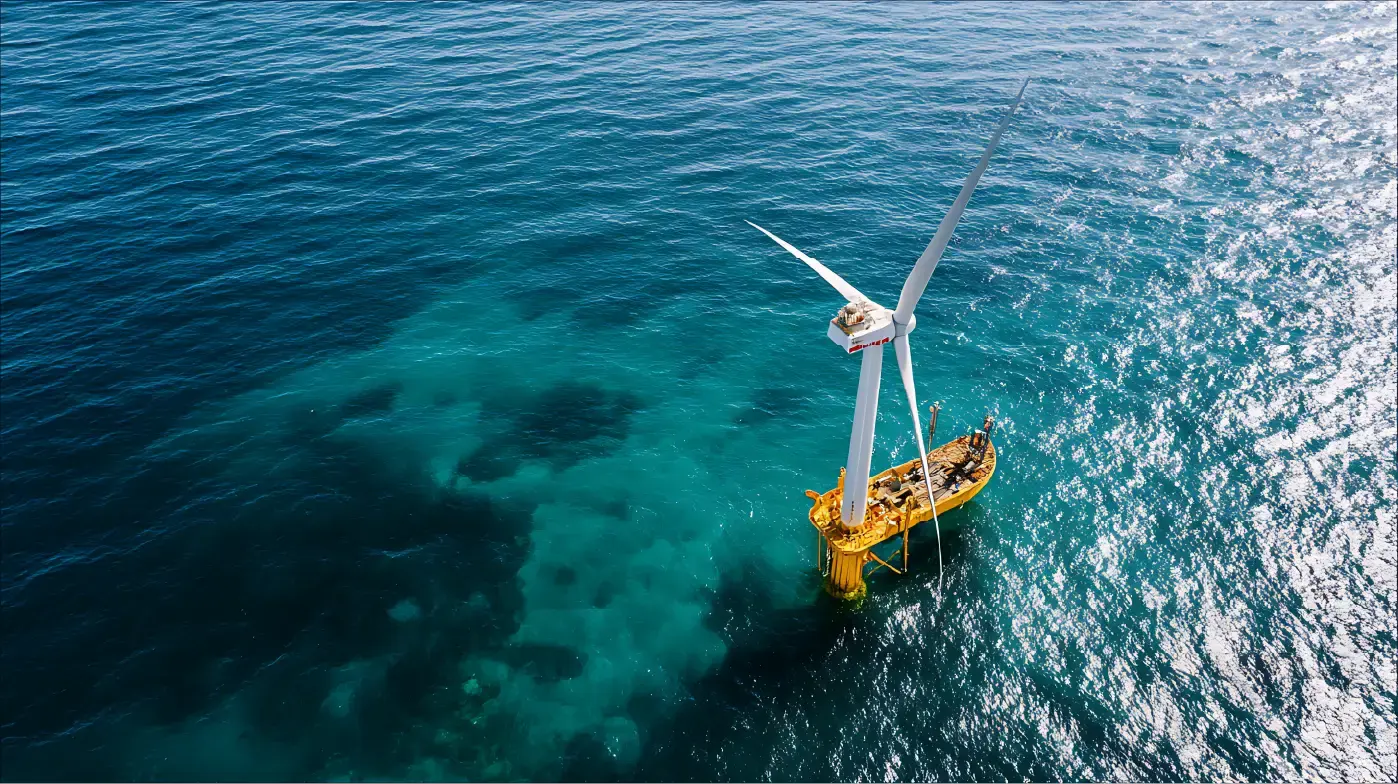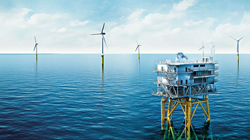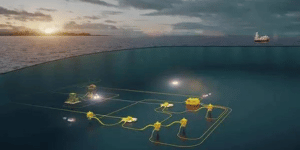
Scope
As part of a floating offshore wind development, a preliminary anchor design was required for the Phase 1 incentive scheme site. The aim was to ensure that the mooring system design accounted for soil variability, liquefaction risk, and scour, while providing a technically feasible and robust anchoring solution.
The scope of work included:
- Reviewing available geophysical and geotechnical survey data to establish seabed and shallow soil conditions.
- Deriving key geotechnical parameters to support liquefaction assessment and preliminary anchor design.
- Performing a quantitative liquefaction assessment and evaluating its implications on anchor type and design.
- Conducting a high-level anchor options feasibility study.
- Completing preliminary anchor design, including consideration of seismic-induced liquefaction, extreme storm conditions, and seabed scouring.
- Presenting a concept for the mooring line connection to the anchor.
Solution
The study reviewed site-specific CPTs and available data to inform geotechnical design parameters. As CPTs were shallow and non-location-specific, soil conditions below 15 m were extrapolated, and two soil profiles were developed to account for variability.
A qualitative and quantitative liquefaction assessment concluded that the likelihood of liquefaction was high to very high, with risk changing significantly at depths of 5 m (very high probability) and 10 m (high probability).
Anchor options were assessed for suitability, installability, and capacity under liquefaction conditions. The analysis determined that a full-size pile installed with an impact hammer is currently the only proven solution capable of meeting the axial and lateral load requirements.
Preliminary design identified that a 72” OD pile with 2” WT and 40 m penetration, with the padeye placed at 20 m BML, provides sufficient stability under combined liquefaction and storm loading. A high-level scour assessment indicated a moderate to high risk of scour at the turbine locations.
The study concluded that:
- A full-size driven pile is the only viable anchoring solution given liquefaction risk and design requirements.
- A 72” OD / 2” WT pile with 40 m penetration and padeye at 20 m BML is required to ensure anchor stability under extreme conditions.
- Liquefaction and scour present significant design challenges that must be accounted for.
Following this, Jee recommended that:
- The proposed pile design is adopted for the current stage, with optimisation considered at later stages by separating storm and liquefaction load cases.
- A more detailed geotechnical survey, including deeper CPTs and laboratory testing, is carried out to refine parameters for final anchor design.
- Piles should be installed flush with the seabed to minimise the potential for scour amplification.
For more information, visit www.jee.co.uk/design
To contact our Head of Design, John French, email John.French@jee.co.uk.
To find out more about how Jee can help you with your design needs click here.


-1.png)

%20(1).png)
